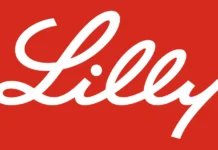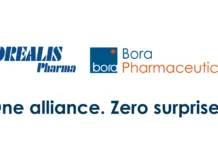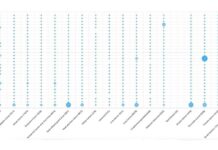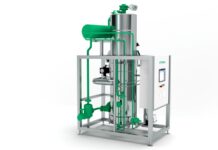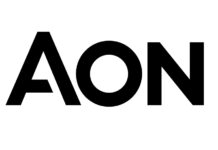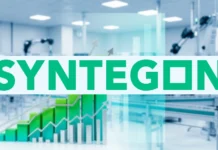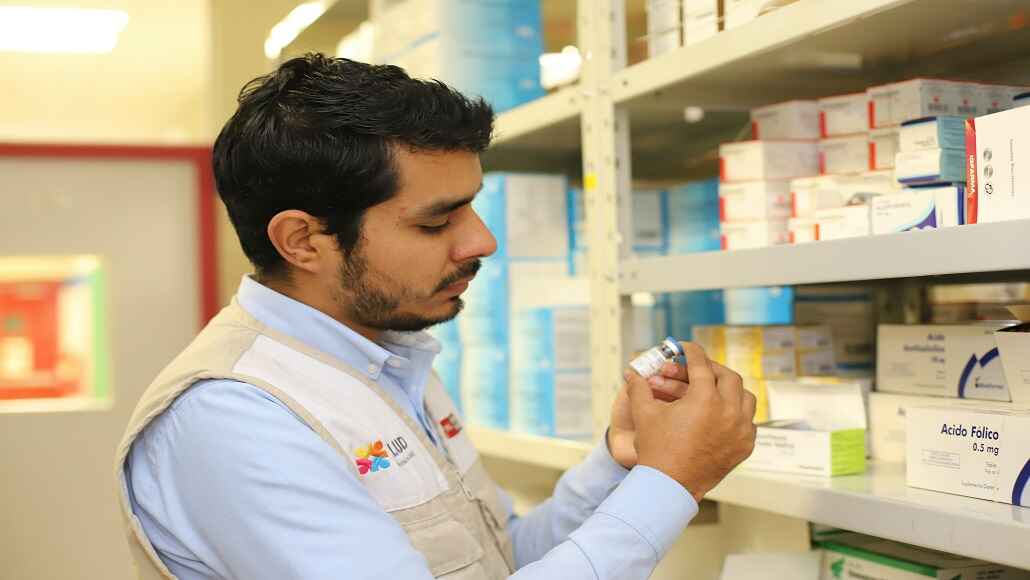The pharmaceutical business has a major economic influence on both local and worldwide markets, and it is always changing according to different market trends. Packaging is essential to this industry.
At the moment, the packaging guarantees patient safety by offering tamper resistance, traceability, and vital product information. Pharmaceutical packaging includes the required information delivery while preserving the products’ stability and purity.
With a predicted CAGR of 7.8%, the pharmaceutical packaging market in India was estimated to be worth USD 5.96 billion in 2023 and is predicted to grow to USD 12.50 billion by 2033.
India is the second most populous nation in the world, home to 1.35 billion people. Technology breakthroughs and pharmaceutical industry product advances have greatly improved the country’s healthcare system. The prevalence of chronic illnesses has skyrocketed despite these advancements.
The need for different medications and cutting-edge packaging solutions is being driven by a notable trend: the growing desire for tailored treatments. Important players in the pharmaceutical packaging industry are concentrating on PCR materials, bioplastics, and biodegradable materials to develop creative solutions compliant with sustainability standards as these rules become more and more important. In the next few years, this trend is predicted to provide profitable chances.
India’s vast raw material base and highly trained labor force contribute to its ranking as the world’s third-largest pharmaceutical manufacturing. Being the world’s top provider of generic medications, the nation offers cheaper production prices when compared to industrialized nations like North America and Europe. Because of this, there is a greater need for effective packaging solutions.
Strict regulations governing raw material traceability, labeling, and packaging are enforced by regulatory organizations like the Central Drugs Standard Control Organization (CDSCO) of the Ministry of Health and Family Welfare. These rules also closely examine the manufacturing process used to produce pharmaceutical packaging, which has prompted businesses to create energy-efficient manufacturing ecosystems throughout the country
In India’s pharmaceutical sector, user-friendly packaging is becoming increasingly common due to the growing numbers of young people, the elderly, and those with impairments. Easy-to-tear blister packs and ergonomic bottles are examples of features that are growing increasingly popular.
Pharmaceutical producers are also improving the looks of their packaging to set their brands apart and win over customers. The value of a product is increased by appealing visuals, superior printing methods including digital and 3D printing, and luxurious finishing. Labeling that is both clear and informative is essential for good customer communication.
Tamper-evident packaging has been established by technological improvements in the pharmaceutical packaging sector to assure safety and fight medicine counterfeiting. To preserve customer confidence and comply with regulations, features like holograms and tamper-proof seals signal package tampering.
Consumers are increasingly using smartphones and other devices to access pertinent material, precise product information, and dosage guidelines thanks to the integration of technologies like barcodes, NFC tags, and QR codes.
Manufacturers also gain from smart pharmaceutical packaging as it enhances medicine traceability and inventory management. Regulations and safety concerns have also prompted the industry to design child-resistant packaging, which prevents kids from accidentally ingesting harmful substances.
In conclusion, there are significant developments taking place in the pharmaceutical packaging sector. There are possibilities and problems associated with industry trends and advancements. Pharmaceutical packaging businesses need to concentrate on innovation, technology adoption, and strategic alliances to prosper in a cutthroat market.




